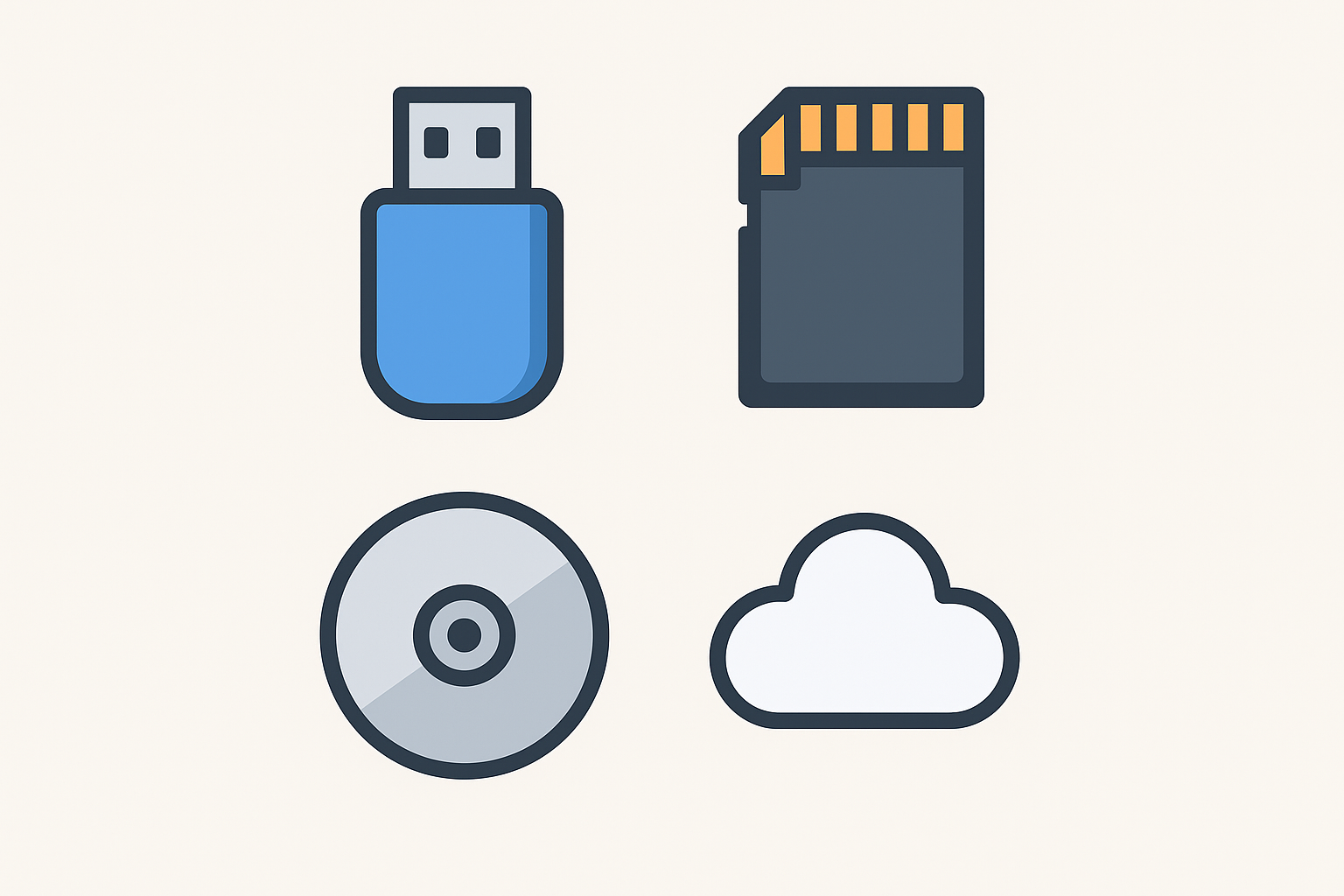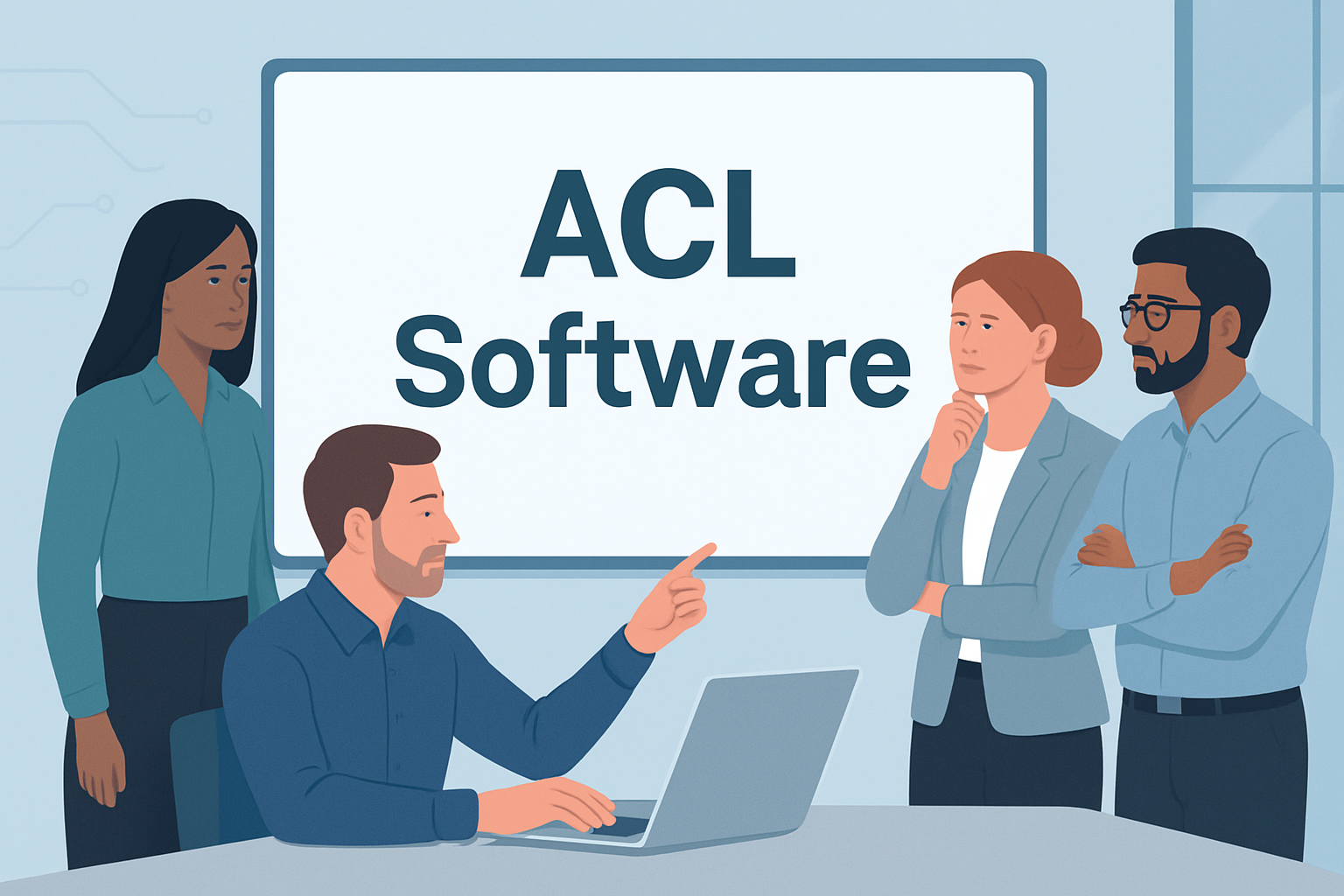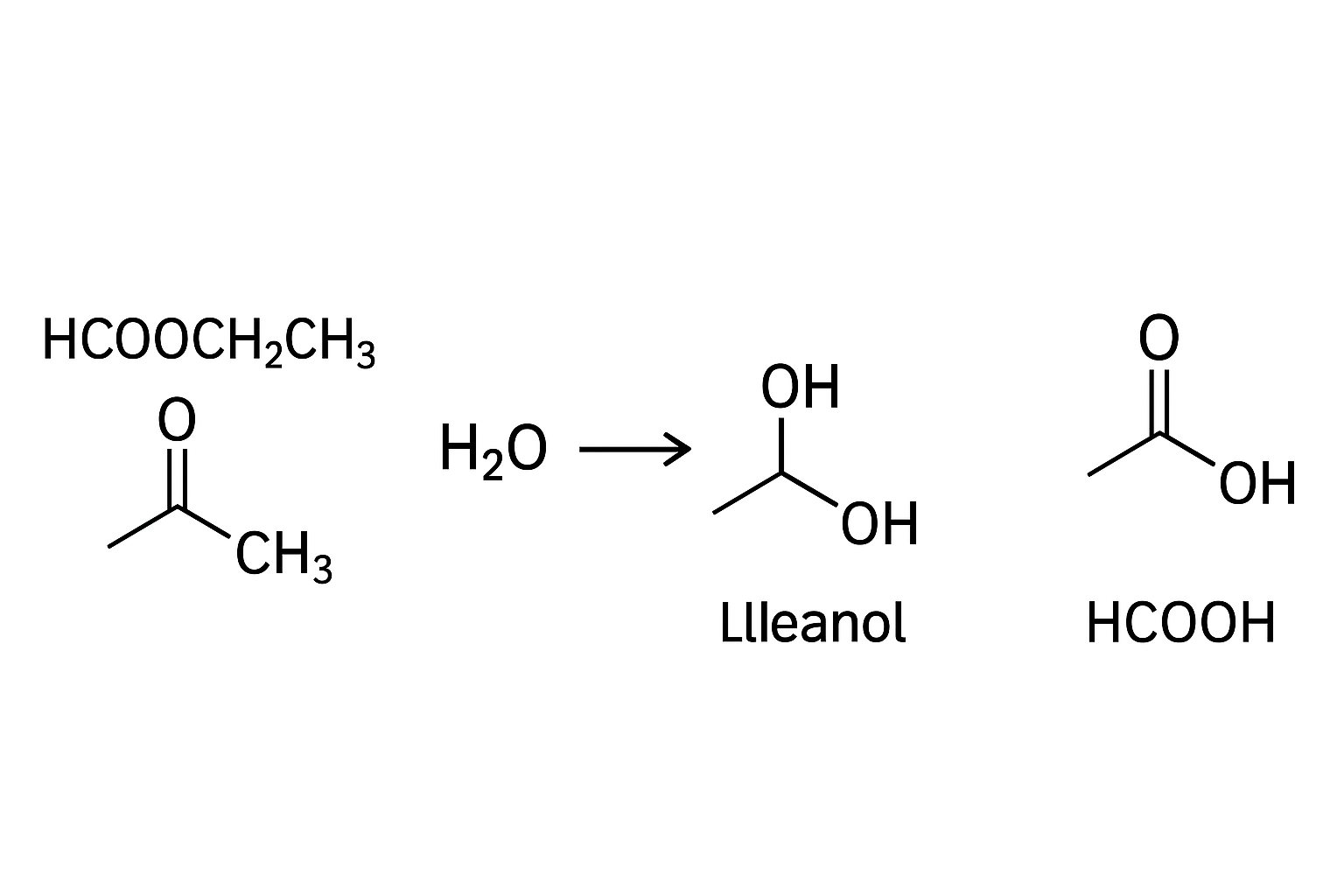The digital world runs on software, and that software must work. Behind every seamless app, stable operating system, and reliable web service is a team of dedicated professionals who ensure quality: Software Quality Assurance (QA) engineers and testers. As technology continues to permeate every aspect of our lives, the demand for these critical roles is skyrocketing. If you’re wondering how to break into this field or advance your career, you’re looking at a landscape full of opportunity. Finding the right software quality assurance jobs requires a strategic approach, blending skill development, targeted searching, and effective personal branding. This guide will provide a detailed, step-by-step roadmap to navigate your job search and land a rewarding position in this essential field.
Understanding the Landscape: What Are Software Quality Assurance Jobs?
Before you begin your search, it’s crucial to understand what you’re searching for. The field of QA is diverse, encompassing roles with different responsibilities, required skills, and seniority levels.
Key Roles in QA:
-
Manual QA Tester: The foundation of QA. Manual testers execute test cases without automation scripts, meticulously checking software for bugs, usability issues, and adherence to requirements. They are essential for exploratory testing, usability testing, and initial feature validation.
-
QA Automation Engineer: This role focuses on writing code to automate repetitive test cases. They use programming languages (like Java, Python, or JavaScript) and frameworks (like Selenium, Cypress, or Appium) to build, maintain, and run automated test suites, enabling faster feedback and continuous integration.
-
SDET (Software Development Engineer in Test): A hybrid role that blends deep software development skills with testing expertise. SDETs often work on building sophisticated testing frameworks and tools from the ground up rather than just writing tests for existing applications.
-
QA Analyst / QA Engineer: A broader title that often encompasses both manual and automation responsibilities. They are involved in the entire software development lifecycle (SDLC), from reviewing requirements and writing test plans to executing tests and reporting results.
-
Performance Test Engineer: A specialist who focuses on non-functional requirements, testing how a system performs under load. They simulate thousands of users to identify bottlenecks, measure response times, and ensure scalability.
-
Security Tester: A specialist focused on finding vulnerabilities, security flaws, and potential breach points in software before malicious actors can exploit them.
Understanding this spectrum helps you target your search for software quality assurance jobs that align with your current skills and career aspirations.
Step 1: Build and Refine Your Foundational Skills
You cannot win the race without first training for it. To be a competitive candidate, you must possess and demonstrate the right skill set.
Core Technical Skills:
-
Testing Fundamentals: Master core concepts like test case design, bug life cycle, types of testing (functional, regression, smoke, sanity, etc.), and SDLC methodologies (Agile, Scrum, Waterfall).
-
Programming for Automation: Even for manual roles, basic scripting knowledge is a huge plus. For automation roles, proficiency in at least one language like Python (known for its simplicity), Java (enterprise staple), or JavaScript (for web testing) is mandatory.
-
Test Automation Frameworks: Familiarity with tools is key. Selenium WebDriver is the industry standard for web automation. Cypress is a modern, developer-friendly alternative. Appium is essential for mobile app testing. Postman is crucial for API testing.
-
Databases and SQL: Software stores data. You need to know how to query databases (using SQL) to verify that data is being created, updated, and retrieved correctly during tests.
-
Version Control (Git): Understanding how to use Git for code repository management is a non-negotiable skill in modern software development.
Essential Soft Skills:
-
Analytical and Critical Thinking: Your primary job is to break things and think of edge cases no one else has considered.
-
** meticulous Attention to Detail:** The difference between a good and great tester is spotting the subtle, pixel-off UI bug or the rarely occurring error.
-
Excellent Communication: You must be able to clearly document bugs, write effective test plans, and communicate status to developers, managers, and other stakeholders without confrontation.
-
Curiosity and a Learner’s Mindset: Technology evolves rapidly. A passion for continuous learning is the single most important trait for long-term success.
Step 2: Craft Your Professional Identity (Resume, LinkedIn, Portfolio)
Your application materials are your sales pitch. They must be polished and targeted to get you past recruiters and automated Applicant Tracking Systems (ATS).
Building a Winning QA Resume:
-
Use Keywords: Analyze job descriptions for your target software quality assurance jobs. Identify common keywords (e.g., “Selenium,” “Agile,” “API Testing,” “Test Planning”) and incorporate them naturally into your resume.
-
Quantify Your Achievements: Don’t just list duties; highlight impacts. Use numbers.
-
Weak: “Responsible for testing web applications.”
-
Strong: “Executed 300+ test cases per release cycle, identifying an average of 50 critical bugs pre-production and reducing customer-reported defects by 25%.”
-
-
Tailor Your Resume: Don’t use a generic resume for every application. Slightly modify your summary and highlight the most relevant skills and experiences for each specific job.
-
Include a Projects Section: If you’re new to the field, this is critical. List personal or open-source projects where you applied your QA skills.
Optimizing Your LinkedIn Profile:
LinkedIn is the primary hunting ground for tech recruiters. Your profile must be a dynamic version of your resume.
-
Professional Headline: Don’t just put “QA Engineer.” Use a keyword-rich headline like “QA Automation Engineer | Specializing in Selenium WebDriver & Java | Ensuring Software Quality & Performance.”
-
Detailed Experience Section: Elaborate on your roles and achievements beyond your resume bullet points.
-
Skills Endorsements: List all relevant technical and soft skills and encourage colleagues to endorse you.
-
Engage with Content: Follow companies you’re interested in, join QA groups, and comment on posts. This increases your visibility.
Creating a Portfolio:
A portfolio provides tangible proof of your skills. It can include:
-
GitHub Repository: Host your automation code scripts. Write clear README files explaining the project, the tools used, and how to run the tests.
-
Bug Reports: Create a sample of well-documented, anonymized bug reports to showcase your analytical and communication skills.
-
Test Documentation: Share examples of test plans, test strategies, or test cases you’ve written (again, anonymized).
Step 3: Execute a Multi-Channel Job Search Strategy
Passively applying on job boards is not enough. You need a proactive, multi-pronged approach to uncover the best opportunities.
1. Leverage Major Job Boards:
-
LinkedIn Jobs: The most important platform. Use its advanced search filters, set up job alerts for “QA Tester,” “SDET,” and other relevant titles, and signal your openness to recruiters.
-
Indeed: A massive aggregate of listings. Use it similarly to LinkedIn, with saved searches and alerts.
-
Dice / Hired: Niche boards specifically for tech roles. They tend to have higher-quality listings and are heavily used by recruiters.
2. Target Company Career Pages:
Make a list of 20-30 dream companies—both tech giants and exciting startups. Go directly to their “Careers” or “Jobs” pages. Often, companies post openings here before they appear on aggregate boards. This is a highly effective way to find specific software quality assurance jobs at organizations you admire.
3. Engage with Recruiters and Staffing Agencies:
Specialized tech recruiting agencies (like Robert Half Technology, TEKsystems, and Kforce) have deep relationships with companies looking for QA talent. Connect with recruiters on LinkedIn. A good recruiter can be your advocate, provide insider information on roles, and help negotiate offers.
4. Tap into the Hidden Job Market through Networking:
Many jobs are never publicly advertised. They are filled through referrals and networks.
-
Attend Meetups and Conferences: Look for QA, testing, and software development meetups (on Meetup.com) in your area or online. Conferences like STARWEST or Automation Guild are excellent for learning and networking.
-
Engage in Online Communities: Participate in forums like Reddit’s r/QualityAssurance, Stack Overflow, or Ministry of Testing. Answering questions and sharing knowledge builds your reputation and can lead to job leads.
-
Conduct Informational Interviews: Reach out to QA professionals at companies you like on LinkedIn. Ask for 15 minutes to learn about their career path and experience. This builds relationships without directly asking for a job, and they often think of you when an opening arises.
Step 4: Ace the Interview Process
The interview for software quality assurance jobs is typically multi-stage, designed to assess your technical prowess, analytical thinking, and cultural fit.
Common Interview Stages:
-
Recruiter Screen: A brief call to verify basic qualifications, salary expectations, and right to work.
-
Hiring Manager Screen: A deeper dive into your experience, skills, and understanding of QA processes.
-
Technical Interview: This is the core of the process. You may be asked to:
-
Solve a coding challenge: Especially for automation roles, you might be asked to write a simple algorithm or a short script to solve a problem.
-
Design test cases: You might be given a real-world object (e.g., a pen, a vending machine) or a software feature and asked to list all the ways you would test it. This tests your analytical and comprehensive thinking.
-
Troubleshoot a bug: You might be presented with a code snippet or a scenario and asked to hypothesize what could be causing a described bug.
-
-
On-Site or Virtual Loop: Multiple interviews with different team members, often including a peer interview with other QA engineers, a cross-functional interview with a developer, and a session with a senior manager.
-
Offer and Negotiation:
Preparing for Success:
-
Practice, Practice, Practice: Rehearse answering common behavioral questions (e.g., “Tell me about a time you found a difficult bug,” “How do you handle a disagreement with a developer?”).
-
Sharpen Your Technical Skills: Use platforms like LeetCode (easy level), HackerRank, or TestAutomationU to practice coding problems.
-
Prepare Your Own Questions: Asking insightful questions shows your engagement and interest. Ask about the team’s testing methodology, the ratio of manual to automated testing, their biggest quality challenges, and career growth opportunities.
Step 5: Navigate Offers and Plan Your Career Path
Once you receive an offer, congratulations! But your work isn’t done. Evaluate the offer holistically: base salary, bonuses, stock options, benefits (healthcare, 401k match), paid time off, and opportunities for professional development.
Remember, finding software quality assurance jobs is not just about your first job; it’s about building a career. The field offers a clear path for growth: from Junior Tester to Senior QA Engineer, to QA Team Lead, to QA Manager, and even to Director of Quality. Continuously learning new tools, understanding emerging trends like AI in testing, and deepening your domain expertise will ensure you remain a valuable and sought-after professional in this dynamic and critical industry. Your journey to ensuring software quality starts with a single, well-executed test—the test of your job search. Apply this strategy, and you will find success.















